The 2021 Tsinghua University doctoral candidates’ compulsory social practice excellent practice team evaluation has recently been completed. The Shanghai Meteorological Service Team of the Department of Earth System Science won the Gold Award of Excellent Practice Teams. This year, a total of 123 teams were dispatched by Tsinghua University, of which 11 teams won the Gold Medal and 22 teams won the Silver Medal.
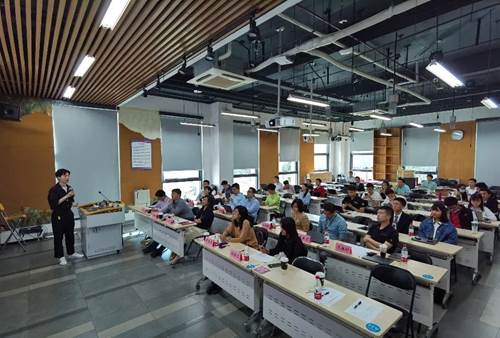
Fig. 1 The Shanghai Meteorological Service Team of the Department of Earth System Science at the Gold Medal Defense Site
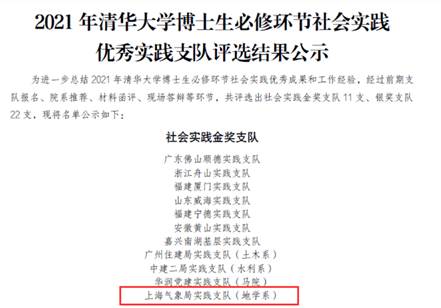
Fig. 2 The Shanghai Meteorological Service Team of the Department of Earth System Science wins the Gold Medal of Compulsory Social Practice of Doctoral Candidates
The Shanghai Meteorological Service Team of the Department of Earth System Science consists of seven graduate students from Classes 2017, 2018 and 2019, among whom six party members formed a temporary party branch, with Zhang Lixian as the team leader and Wang Hengqi as the temporary party branch secretary. During the six-week summer internship, the team gave full play to the geographical characteristics of the unit where they interned, and carried out five thematic investigations and two organizational activities. Based on the activities, the team compiled two articles, which were published in Tsinghua University Zhixing WeChat official account and Shanghai Meteorological WeChat official account, effectively expanding the team’s influence and popularity.

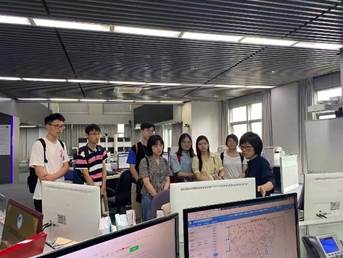
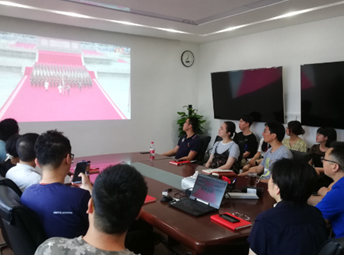
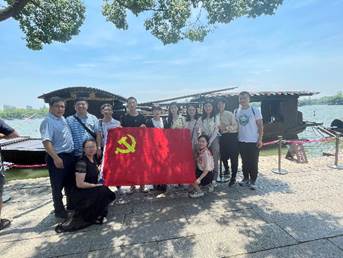
Fig. 3 Colorful thematic investigations and organizational activities
Based on the full understanding of the specific needs of the actual business of the Shanghai Meteorological Service, in light of their respective practice project, and following meteorological service as the main theme, members of the team carried out unique practical research, all of which successfully passed acceptance of the base. After the practice, three of the students continued to pursue research in collaboration with the teachers of the base, the results of two projects were used in their application for a research fund, and one project is still ongoing, for which a research paper is being written. Some of these achievements have been applied in the base providing services in parallel, and some have broken through the technical blockade of the NASA for several years. These projects all present high value and potential in practical application. The following is a brief introduction of these projects and their achievements:
Zhang Lixian: The development of artificial intelligence algorithm provides a new method and idea for addressing the problem of poor precision of typhoon precipitation retrieval by modeling the existing observation data. This method, thanks to its fast retrieval speed, high accuracy and good spatial range, demonstrated its great precision advantage and application potential in the actual inspection of Typhoon “In-Fa” passing through Shanghai in July 2021.

Fig. 4 Comparison between the proposed algorithm and the existing results in Typhoon “In-Fa” practice test
Wang Hengqi: This study has successfully operated, verified and optimized the OCO-2 retrieval algorithm, and analyzed and discussed the long-term change trend and spatial distribution of the Yangtze River Delta and Shanghai by using the CO2 column concentration data of OCO-2/3, laying a foundation for follow-up research.
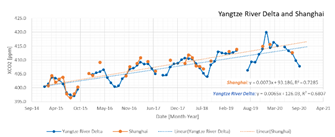
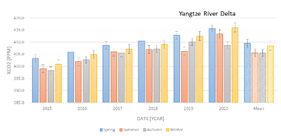
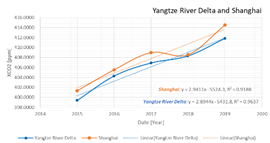
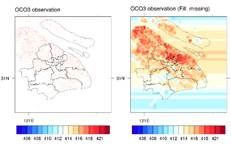
Fig. 5 Quantitative analysis of CO2 column concentration in Shanghai
Sun Jing: In this study, the FY4A cloud-top temperature products were evaluated from many angles using the radiosonde data of Shanghai Baoshan Station in winter. It was found that when the cloud-top height was ≤6 km or the cloud-top temperature was ≥-20℃ or the number of cloud layers was 1, the error of FY4A was small, and on the contrary, it was generally overestimated. The possible reasons for the above error differences were further analyzed and explained.

Fig. 6 Classification and evaluation results of cloud layer number of FY4A satellite
Liu Shu: Based on the observation data of road traffic meteorological stations, the regression model of road surface temperature was constructed through the neural network algorithm of machine learning. This model can be combined with the numerical prediction model to forecast road icing and provide decision-making service support for road traffic.

Fig. 7 Distribution of road icing predicted by GRAPES-GFS model combined with road surface temperature regression model. (a) accumulated precipitation (b) road surface temperature (c) potential distribution of road icing; (d), (e) and (f) are the same as (a), (b) and (c) respectively, but refer to the model forecast results.
Chu Wenchao: The errors between 122 wind profile radar data and GFS background field were analyzed and the quality of observation data was evaluated. At the same time, a method of screening observation data with good quality was proposed and applied to the assimilation system. The results showed that the overall quality of wind profiler radar data was good, and the main errors occurred in the middle and upper atmosphere and individual observation stations.
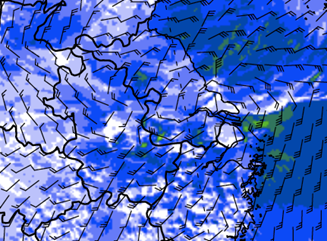
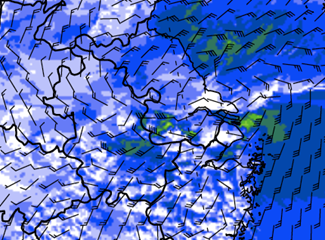
Fig. 8 Before assimilation (left), after assimilation (right). After assimilation, the intensity of wind field increases, which is closer to observation.
Lou Shuhan: Multi-source data were practiced based on remote sensing and GIS to generate prediction spatial factors, and Shanghai industrial energy consumption data were spatialized to generate industrial energy consumption grid data. This practice explored the urban anthropogenic heat flux at the subdistrict-township level, making up for the gap of the current research on meticulous urban management.
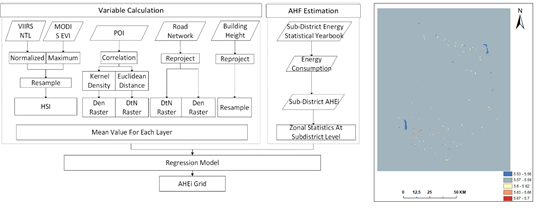
Fig. 9 Diagrams of research flow and industrial anthropogenic heat flux results
Zhu Weixin: The effectiveness of the vertical profile of temperature and humidity obtained by microwave radiometer was proved by comparing with the radiosonde data in Baoshan District. The response of microwave radiometer before and after a thick fog was analyzed. The results offer some reference for the forecast and early warning of local fog.
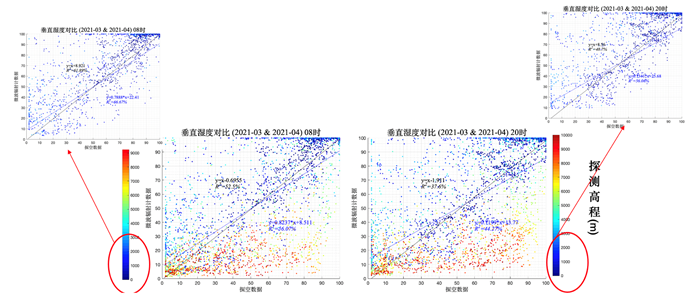
Fig. 10 Scatter chart of relative humidity of microwave radiometer and radiosonde data in Songjiang District in 2021
Tsinghua Department of Earth System Science--Shanghai Meteorological Service Social Internship base, established in 2017, has received four batches of 26 graduate students in summer social practice in total. The Shanghai Meteorological Service attaches great importance to the internship support work of the base, recommends the scientific research backbone of national and provincial meteorological research units as the project leader, and guides graduate students to carry out research in combination with the actual meteorological services, integrating the advantages of research projects and data information.
The internship base has been in operation for four years, and through one-to-one guidance and practice on the forecast service platform, the learning and hands-on skills of graduate students have been improved. Students of the Tsinghua Department of Earth System Science have scored a series of achievements in the fields of multi-source remote sensing data fusion, typhoon detection data application, machine learning technology, etc., and made substantial contributions to the operational work of the Shanghai Meteorological Service.
Written by Zhang Lixian
Edited by Wang Jiayin
Checked by Lu Hui and Wu Haiping